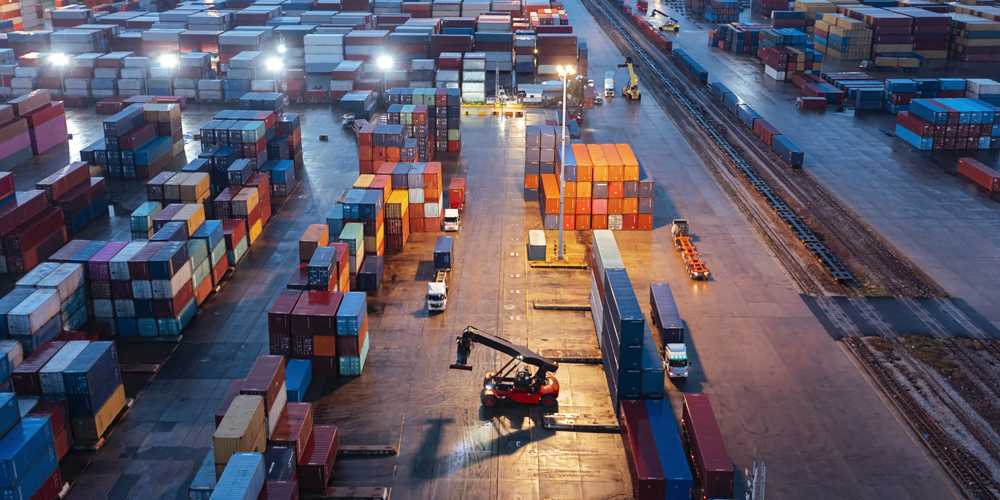Global supply chains are under strain from every angle: tariff uncertainty, regional conflict, fragmented regulation, and pressure to meet evolving ESG standards. These aren’t hypothetical risks; they’re business realities. The compliance function has moved from a back-office safeguard to a critical operation for many organizations.
“Risk doesn’t stay in one place,” says Michael Olver, Managing Director at PSA. “We’re seeing a rapid evolution in how companies approach their supplier networks; not just because of ethics and compliance concerns, but because today’s volatility is impacting the bottom line.”
One of the major accelerants? Trade policy uncertainty, including the shifting tariffs introduced under the Trump administration. While intended to protect domestic industries, these measures have introduced lasting instability across global markets. The result: compliance and procurement teams are under pressure to reevaluate how – and where – they do business.
A risk strategy that moves with the market
In the upcoming NAVEX webinar Rethinking Risk: Supplier Evaluation Before and After Onboarding, Michael will join Jan Stappers, Regulatory Solutions Director at NAVEX, to explore how organizations can stay ahead of regulatory and operational risks by rethinking how they assess suppliers, not just at onboarding but throughout the relationship.
“Too often, onboarding is treated like a one-time hurdle,” Jan notes. “But, regulations shift, political alliances change, and suppliers that were once low-risk can quickly become a vulnerability.”
From the EU’s Corporate Sustainability Due Diligence Directive to tightening U.S. scrutiny of high-risk sourcing regions, companies must be prepared to show that they’ve done their due diligence and are maintaining it over time.
What’s changing – and why it matters
Michael highlights the risks of overconcentration: “If 70% of your supplier base is tied to a single country or region, you’re exposed, not just to tariffs, but to political unrest, sanctions and regulatory fallout. We’re advising clients to build flexibility into their sourcing strategies – and that starts with data visibility.”
But evaluating new suppliers – or revisiting old ones – requires time and tools. Companies need systems that allow them to track supplier performance, understand where their risk lies, and respond quickly to market or legal shifts.
Jan adds, “Trade compliance teams are now front and center. Organizations recognize that access to real-time data – and the ability to act on it – isn’t a luxury; it’s a necessity.”
Final thoughts
Supply chains are dynamic. The risks that matter today may not be the ones that define tomorrow. And in a regulatory landscape shaped by shifting trade rules and executive orders, companies can’t afford to take a static approach to supplier evaluation.
As Michael puts it: “You have to do the work, collect the data and inform the business – because when things change on a dime, your supply chain has to move with it.”
Join us August 12 to learn how to rethink risk and build a supply chain ready for what’s next.
What you’ll learn in the webinar
The August 12 session will offer practical strategies for:
- Embedding risk evaluation into supplier onboarding and ongoing oversight
- Broadening and diversifying your supply base to reduce concentration
- Understanding what regulators expect in documentation and due diligence
- Leveraging technology to drive agility and audit readiness
This session will provide actionable guidance for your organization, whether it is rethinking its supplier footprint, preparing for due diligence enforcement, or managing the pressure of policy uncertainty.

